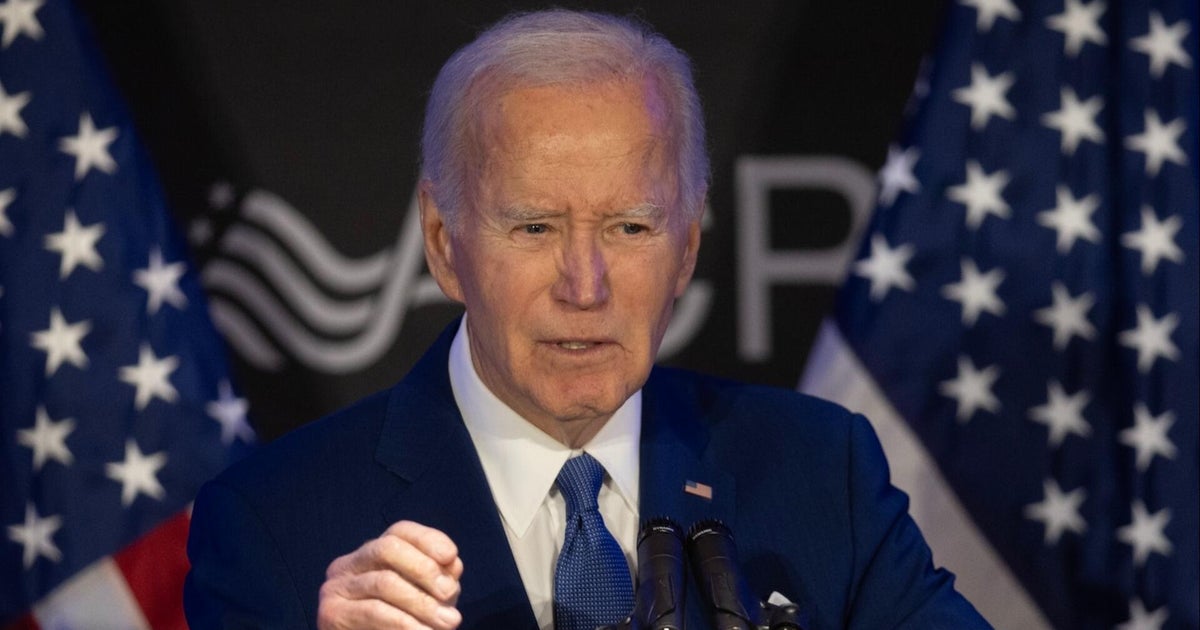Examining U.S. Politics One Year After Biden Dropped Out of the 2024 Race
It’s hard to believe that a year has passed since former President Joe Biden made the surprising decision to exit the 2024 presidential race. The political landscape in the United States has undergone significant changes since then, and six months into President Donald Trump’s second term, it’s crucial to evaluate the implications and developments that have unfolded.
A Sudden Exit
Biden’s withdrawal from the race shocked many observers and constituents alike. It marked the end of what was expected to be a highly contentious electoral battle. Analysts debated various reasons for his decision, including concerns about his age, political capital, and the rising popularity of other Democratic figures. Biden’s exit paved the way for a different kind of election cycle—one that would test the limits of Democratic resilience against a returning Trump presidency.
Trump’s Return to Power
Six months into Trump’s second term, the U.S. has seen significant shifts in policy and public discourse. Trump has reignited age-old debates, particularly around immigration, healthcare, and foreign relations. His presidency has galvanized both supporters and detractors, sparking renewed protests and political activism across the nation. The political divide seems wider than ever, with Americans grappling with the ramifications of Trump’s policies, including withdrawing from international agreements and altering domestic healthcare regulations.
Democratic Party Dynamics
With Biden out of the picture, the Democratic Party has faced internal conflicts over its future direction. Emerging leaders, such as Kamala Harris and other younger politicians, have stepped into the spotlight, trying to redefine the party’s identity in a post-Biden landscape. The party is currently at a crossroads, wrestling with questions about how to appeal to a base that sees both its establishment and progressives as vital to the party’s future.
The Impact of Foreign Affairs
Internationally, Trump’s return has complicated U.S. foreign relations, especially with allies in Europe and Asia. His approach to diplomacy has led to heightened tensions—not only with nations like China and Russia but also with traditional allies. The fallout has been evident in trade negotiations, defense agreements, and climate change initiatives. As America steps back from its roles on the global stage, critics express concern about a vacuum that could be filled by adversarial countries.
Voter Sentiment
Public sentiment plays a pivotal role in U.S. politics, and current polling suggests a divided electorate. Many Americans express nostalgia for Biden’s measured approach to governance, while others celebrate Trump’s no-holds-barred style. Voter turnout in upcoming elections, particularly among younger demographics, will heavily influence the political landscape. Organizations mobilizing to educate and encourage voter participation are already gearing up for what could be a historic election cycle.
Health Care and Social Issues
Health care remains a pressing issue, with Trump’s administration making moves to dismantle aspects of the Affordable Care Act. This has ignited debate among voters who are concerned about access to healthcare in a post-pandemic world. Social issues, including gun control, women’s rights, and racial equity, continue to drive activism. The political climate is increasingly polarized, as grassroots movements robustly challenge governmental actions perceived as regressive.
Conclusion
A year following Biden’s exit from the 2024 race, the U.S. political landscape remains a complex tapestry of emerging leaders, established political battles, and evolving public opinion. The government’s trajectory appears uncertain, shaped by the tension that characterizes American political life today. Much remains to be seen as citizens prepare for the next electoral contests, weighing the implications of past choices against their visions for the future.



